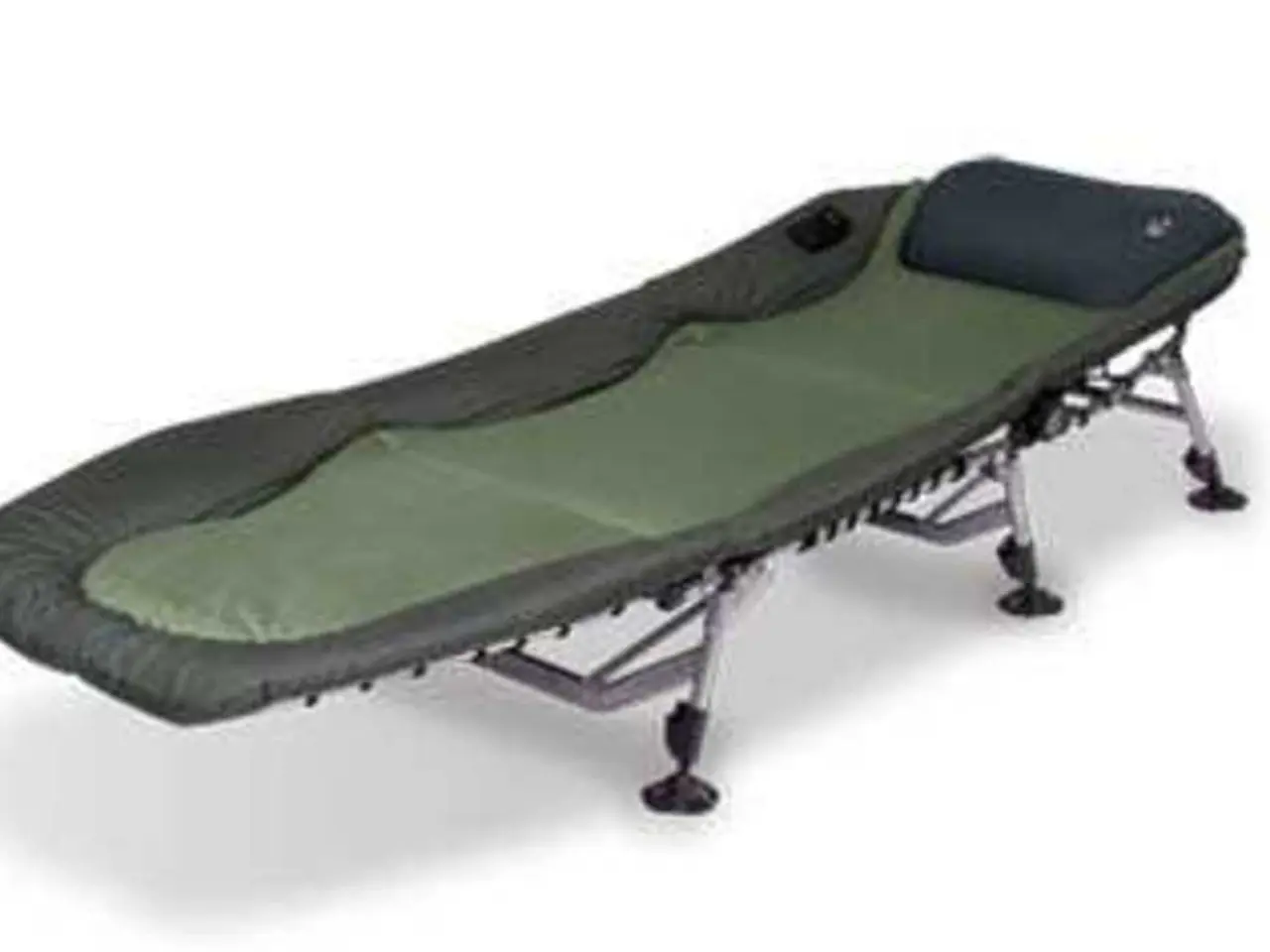Exercises I swear by to minimize knee pain when jogging
For runners, the health and stability of their knees are of paramount importance. Whether you're training for a marathon or simply enjoying a daily jog, maintaining strong and resilient knees is crucial. Physical therapist Tash Gale has devised a simple yet powerful routine to help runners strengthen their knees and prevent potential issues.
The routine, designed to future-proof the knees while addressing any early-stage niggles, focuses on improving the overall health and stability of the knees. The exercises aim to correct muscle imbalances, build muscle endurance, and enhance joint stability—all vital for the dynamic conditions typical in running.
Gale recommends four key exercises: reverse lunges, side steps with a resistance band, wall sits, and single-leg wall sits.
The reverse lunge targets the quadriceps, hamstrings, and glutes, helping to correct muscle imbalances often seen in runners by strengthening each leg independently. This improves knee stability and running mechanics.
Side steps with a resistance band strengthen the hip abductors and stabilizer muscles around the knee, crucial for maintaining knee alignment during running.
Wall sits, where one leans back against a wall with feet shoulder-width apart and slides down into a seated position with knees bent at about 90 degrees, help build endurance in the muscles supporting the knee joint. The single-leg wall sit, performed on one leg at a time, increases the challenge by isolating leg muscles and addressing side-to-side imbalances.
Gale stresses the importance of performing these exercises with proper form to avoid compensations. She advises doing them consistently to help prevent knee pain and improve running performance by balancing strength across the lower body and enhancing joint stability.
The routine is quick and hassle-free, making it suitable for a busy schedule. By adjusting the reps or intensity, the routine can be used for both strengthening and recovery purposes. It's also convenient as it can be done at home or outdoors, requiring only a resistance band and a wall.
While the detailed step-by-step instructions from Gale are not fully reproduced here, the general guidance is to focus on controlled, deliberate movements using body weight or light resistance bands, ensuring the working leg drives the movement.
It's important to note that Gale advises these exercises should only be done if the pain level is no more than four out of 10. Before starting a new exercise regime, it's always advisable to consult a qualified medical professional.
By following this routine, runners can prepare for more intensive running activities, reduce injury risk, and ultimately enhance their running performance. Strengthening the knees can improve joint stability, mobility, and help absorb impact—all vital for a successful and enjoyable running journey.
- To enhance joint stability and reduce injury risk in running, incorporating strength training exercises like reverse lunges, side steps with a resistance band, wall sits, and single-leg wall sits into a health-and-wellness routine can be highly beneficial, as suggested by physical therapist Tash Gale.
- Engaging in such science-backed fitness-and-exercise routines not only aims to prevent potential issues but also improves knee stability and running mechanics, ultimately enabling runners to achieve better performance and enjoy a more successful and enjoyable running journey.




